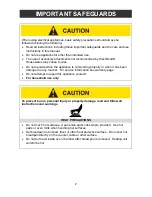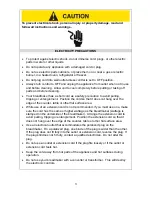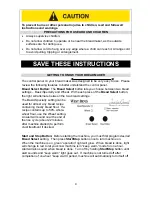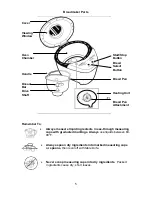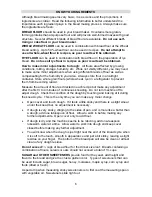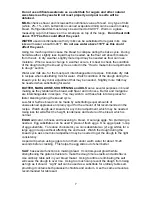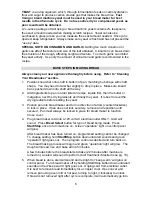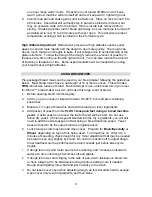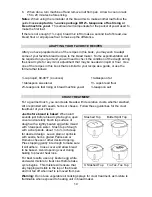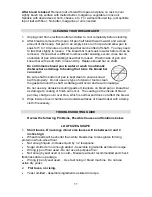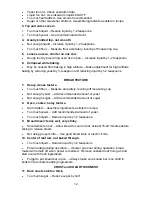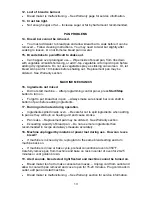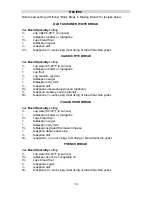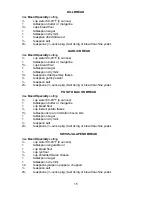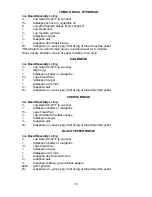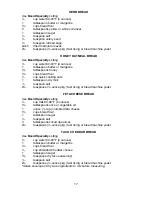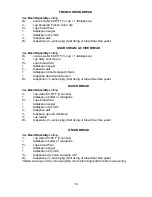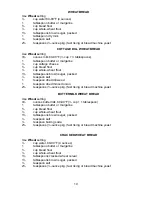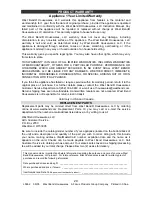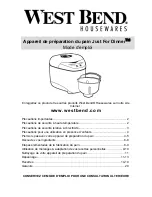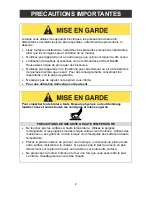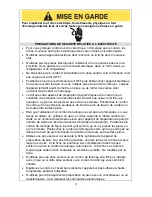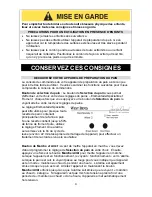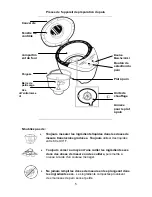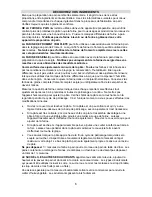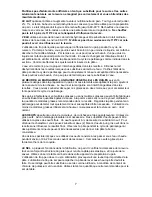
12
•
Yeast too old - Check expiration date.
•
Liquid too hot - Use lukewarm liquids 80-90°F.
•
Too much salt added - Use amount recommended.
•
Sugar or other sweetener omitted - Assemble ingredients as listed in recipe.
3. Top and sides cave in.
1.
Too much liquid – Reduce liquid by 1-2 teaspoons.
2.
Too much yeast – Use recommended amount.
4. Gnarly knotted top, not smooth.
•
Not enough liquid – Increase liquid by 1-2 teaspoons.
•
Too much flour. – Measure flour accurately, leveling off measuring cup.
5. Loaves uneven, shorter on one end.
•
Dough too dry preventing even rise in pan. – Increase liquid by 1-2 teaspoons.
6. Collapsed
while
baking.
•
May be caused from baking in high altitude. – Make adjustment for high altitude
baking by reducing yeast by ¼ teaspoon and reducing liquid by 1-2 teaspoons.
BREAD TEXTURE
7. Heavy,
dense
texture.
•
Too much flour. – Measure accurately, leveling off measuring cup.
•
Not enough yeast. – Add recommended amount of yeast.
•
Not enough sugar. – Add recommended amount of sugar.
8. Open, coarse, holey texture.
•
Salt omitted. – Assemble ingredients as listed in recipe.
•
Too much yeast. – Add recommended amount of yeast.
•
Too much liquid. – Reduce liquid by 1-2 teaspoons.
9. Bread doesn’t slice well, very sticky.
•
Sliced while too hot. – Allow bread to cool on rack at least 15-20 minutes before
slicing to release steam.
•
Not using proper knife. – Use good bread knife or electric knife.
10. Center of loaf raw, not baked through.
•
Too much liquid. – Reduce liquid by 1-2 teaspoons.
•
Power outage during operation. – If power goes out during operation, bread
maker will remain off when power is restored. Remove unbaked loaf from pan and
start over with fresh ingredients.
•
Forgot to put knead bar in pan. – Always make sure knead bar is on shaft in
bottom of pan before adding ingredients.
CRUST and COLOR THICKNESS
11. Dark crust color/too thick.
•
Too much sugar. – Reduce sugar by half.


